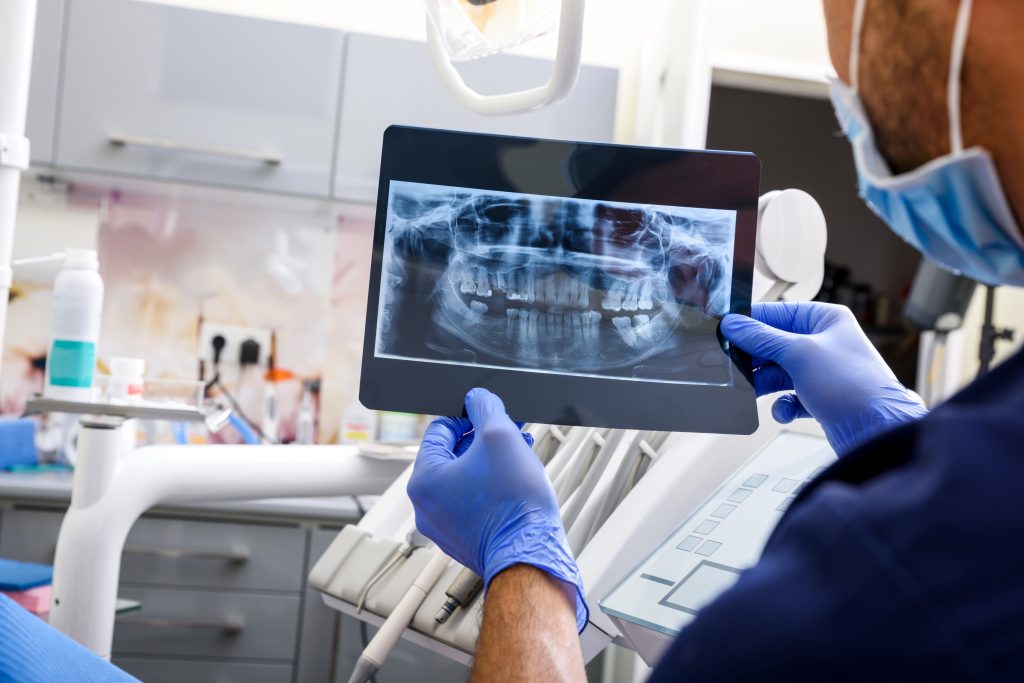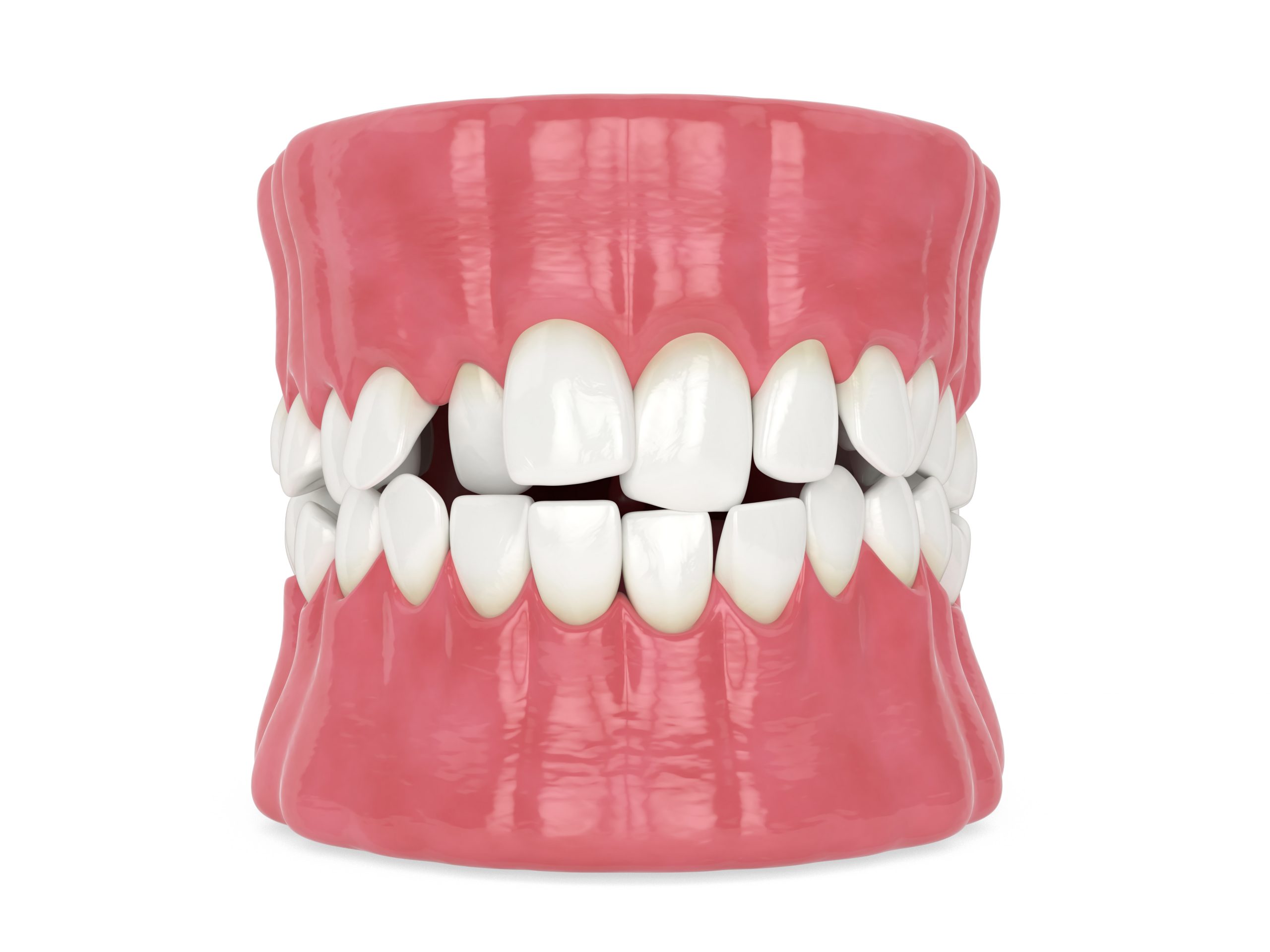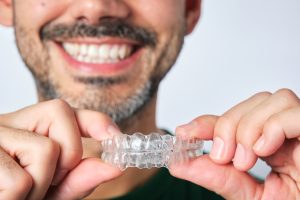Our bodies are sets of intricate and carefully calibrated systems that work together, enabling us to perform our tasks and go about our day to day lives. Even relatively minor imbalances or misalignments can have effects on our quality of life. Among these issues, a misaligned jaw is one of those that can range from mild to severe–sometimes requiring medical attention as soon as possible.
Having a misaligned jaw means that the patient’s jaw is askew, which is most easily observable when they bite down. Ideally, a well-aligned jaw and set of teeth is one where the teeth come together evenly along the mouth when biting down. When there are gaps between some teeth or a dental arch protrudes past the other, this is considered jaw misalignment. This condition can cause not only cosmetic issues but also further issues in jaw functionality.
Jaw misalignment can develop over time, with the condition going unnoticed at first before growing more severe the longer it goes left untreated. This is why it is so crucial to watch out for early warning signs of a misaligned jaw before the condition escalates. Some of the symptoms can also be considered similar to symptoms of other conditions, so it is always best to approach a trained medical professional to seek proper diagnosis and treatment. Symptoms of a misaligned jaw include:
- Pain in the area surrounding the jaw joint
- Pain in the area surrounding the temples
- Jaws that feel tight or click when they are in motion
- Intermittent popping in the ears
- Pain in the shoulder area or back area
These symptoms, combined with the presence of risk factors such as poorly aligned or teeth that are overcrowded, underbites, and overbites can be indicators of jaw misalignment.
How do you fix a misaligned jaw?
Some extreme cases of misalignment need more invasive or intensive procedures in order to remedy them, such as orthognathic jaw surgery. However, there are several ways to fix misaligned jaw without surgery. One of the most common ways that dentists and orthodontists prescribe to remedy this condition is to install braces along the patient’s dental arches. Alongside braces, some dentists install specialized orthodontic gear to address specific issues. This is apart from the usual combination of brackets permanently attached to individual teeth and the archwires involved in standard braces treatments. For example cases that involve extreme cases of overbites and underbites require headgear braces in order to set the jaw in its proper position. Some cases of underbites can also be treated with an upper jaw expander that allows the palate to widen enough and make space for the lower teeth to correct their position.
While braces are the most common treatment plans prescribed to patients with jaw misalignment issues, there are more discreet alternative options available on the market. For example, clear aligners (also known as invisible braces) are able to address most misalignment issues, offering patients a more discreet and less invasive alternative.
Can aligners fix jaw alignment?
Patients who are exploring how to fix misaligned jaws should consider invisible braces as one of their top alternatives because it addresses one of the common root causes of jaw misalignment. More often than not, the origin of jaw misalignment is teeth misalignment, as misaligned or overcrowded teeth force the jaw to set at irregular positions. Because other treatment options are either inconvenient, invasive, or disruptive to a patient’s lifestyle, the option of invisible braces is one of the best options that patients can consider. Invisible braces can address misalignment issues in the upper and lower jaw, allowing both the teeth and the jaw to settle into their optimal positions all while being discreet and incredibly non disruptive. Invisible braces prices can vary across different dental providers, so it is always crucial to explore options that are of high-quality, provided by well trained and highly qualified dental professionals. Once treatment is concluded, patients will find that they are able to speak, eat, and move their jaw around freely and with no issue.

What happens if you don’t fix a misaligned jaw?
Completely neglecting the treatment of a misaligned jaw issue can often continue to disrupt the patient’s quality of life. The jaw is an incredibly crucial joint in the body, being primarily responsible for eating in order to give the body sustenance and speaking in order to facilitate interpersonal communications. Because of this, disruptions in the jaw’s functionality can be deeply disruptive to a patient’s life, preventing them from performing regular day to day activities. Having a misaligned jaw can also make the patient prone to lockjaw, making them unable to use the jaw joint entirely for a period of time.
Does a misaligned jaw get worse?
As with most medical issues, a misaligned jaw can get progressively worse the longer it goes undiagnosed and untreated. Leaving your teeth and jaw misaligned means that the jaw settles in an incorrect position, leading to further issues with speaking, eating, and interacting with those around you in general. Without fixing the core issue of misalignment, it may eventually become much more difficult to properly address a misaligned jaw. Doing so increases the patient’s risk of developing temporomandibular joint disorder or TMJ, resulting in a number of jaw-related issues. This includes difficulty sleeping, jaw pain upon waking up, trouble opening the jaw joint to its full range of motion, worn down teeth, and chronic jaw pain.
Apart from this, neglecting to treat misalignment issues can affect the patient’s oral and dental health. Misalignments make it difficult for patients to effectively maintain an oral hygiene routine, which can also lead to further issues down the line.
It is highly advisable that treatment for misaligned jaws and misaligned teeth are addressed sooner rather than later. To learn how to fix misaligned jaw without the usual inconvenience and disruption of traditional metal braces, learn how ALINA works today.
How ALINA Invisible Braces can help with a misaligned jaw
ALINA invisible braces are an innovative, non-invasive, and non-disruptive option for anyone seeking to treat any misalignment issues–both for teeth and jaws. That’s because our aligner trays feature:
Better materials – ALINA crafts every tray of invisible braces with space-age materials approved by the US FDA, so you know that they’re safe and reliable.
Better technology – Our AlinaSmile technology uses Ai to determine your most beautiful smile based on the position, not just of your teeth, but of all your facial features.
Better results – With more than 25 years of expertise in revealing beautiful smiles, ALINA has uncovered thousands of smiles throughout the US, Canada, and the UK.
Treat misalignment issues with the best option on the market and book a consult today.






